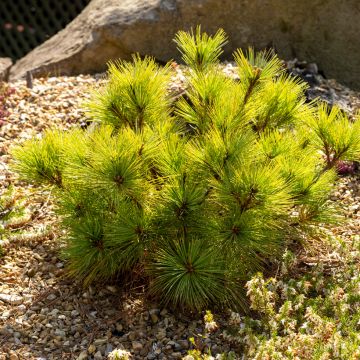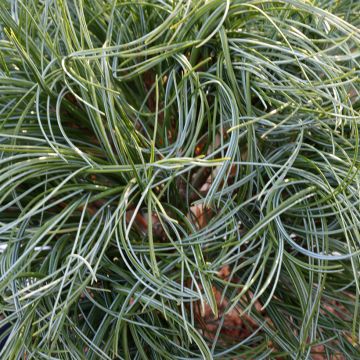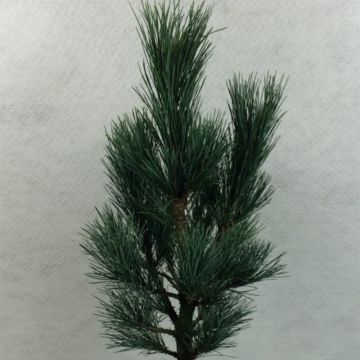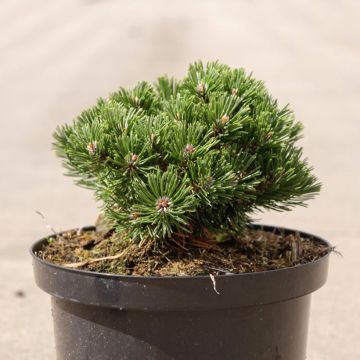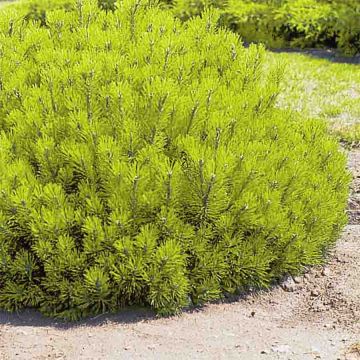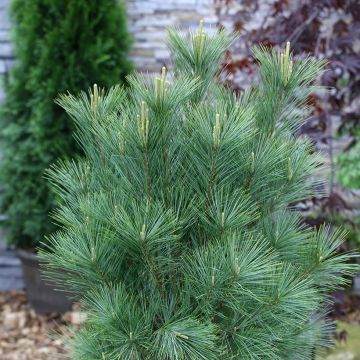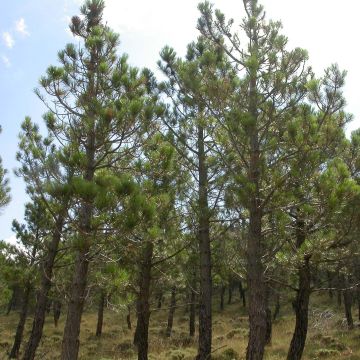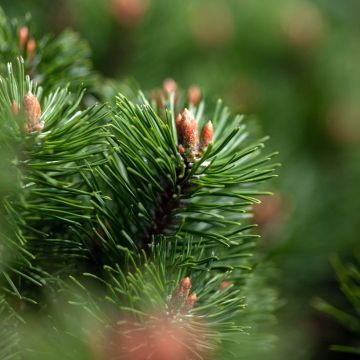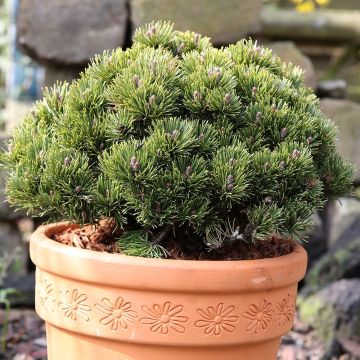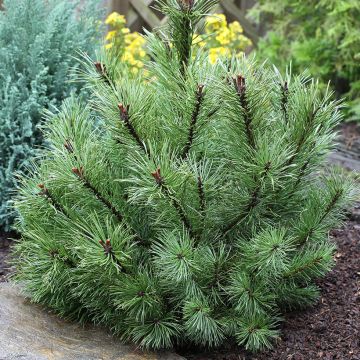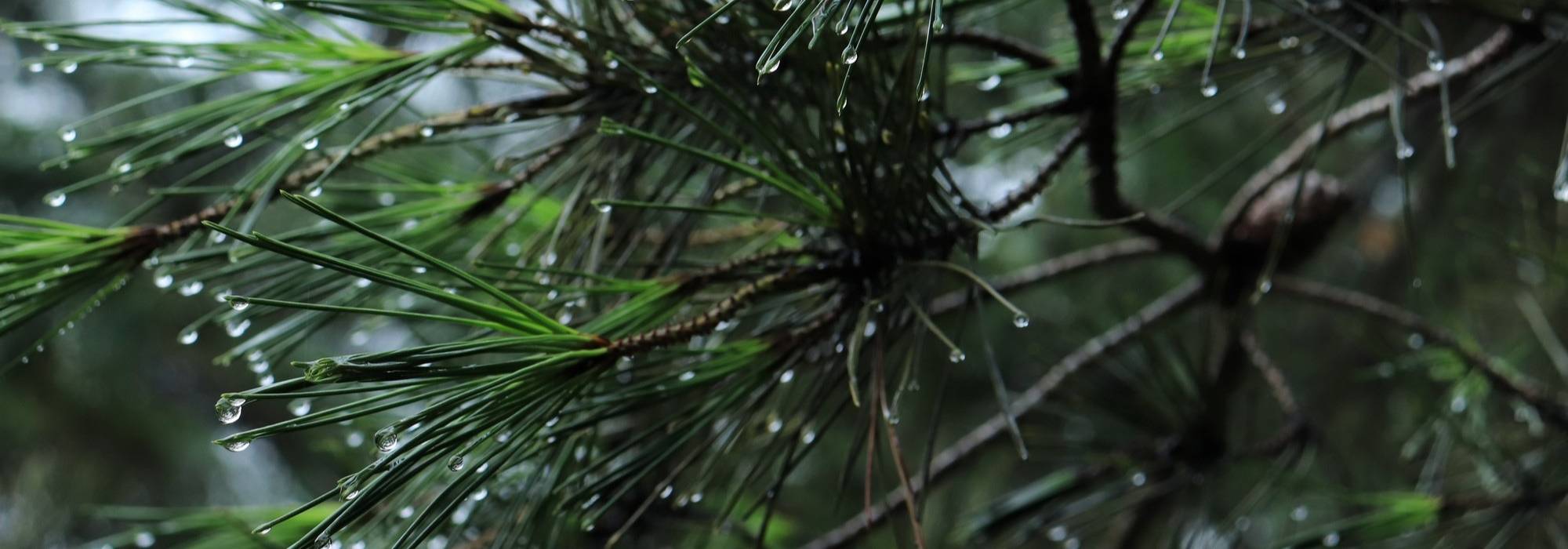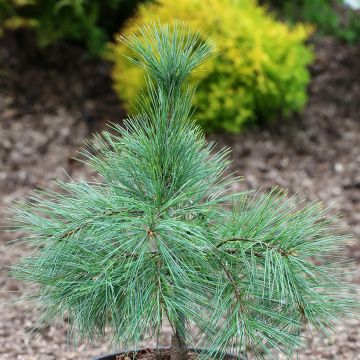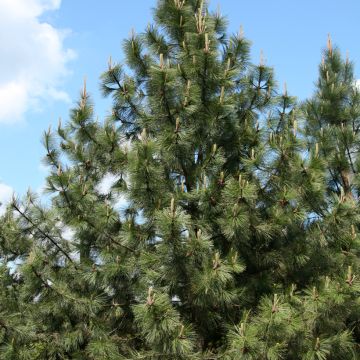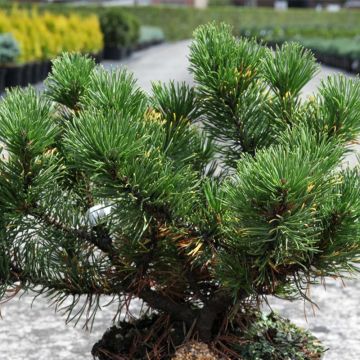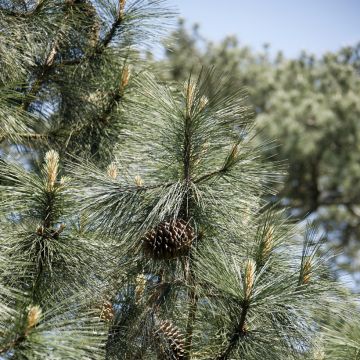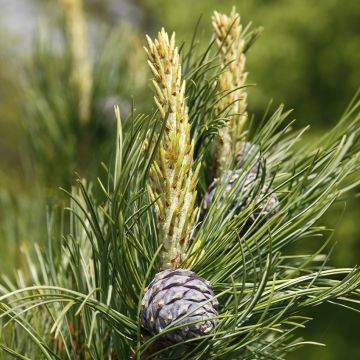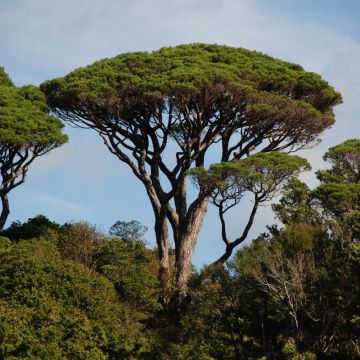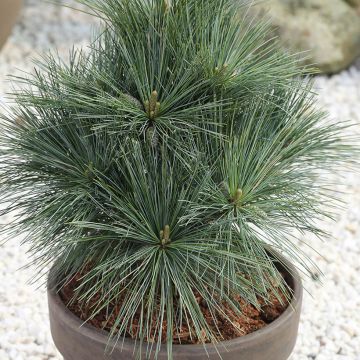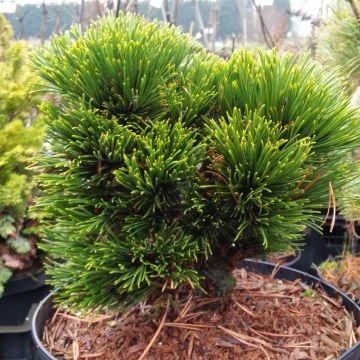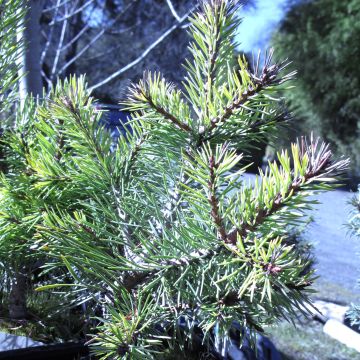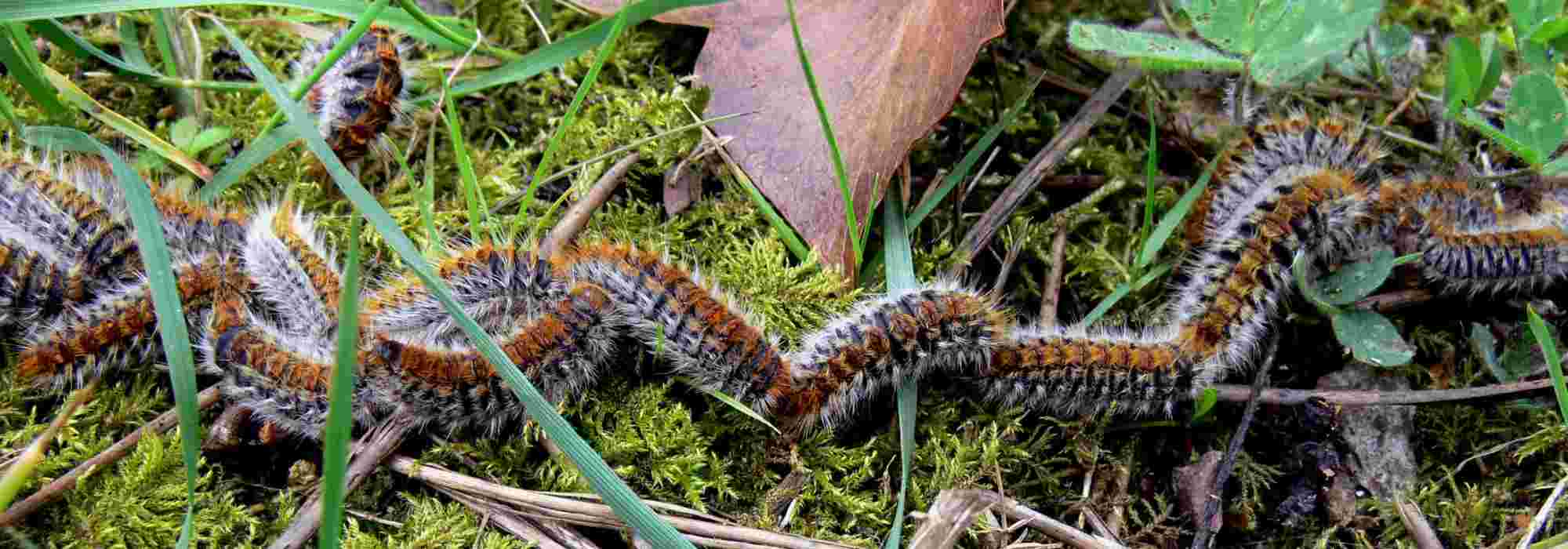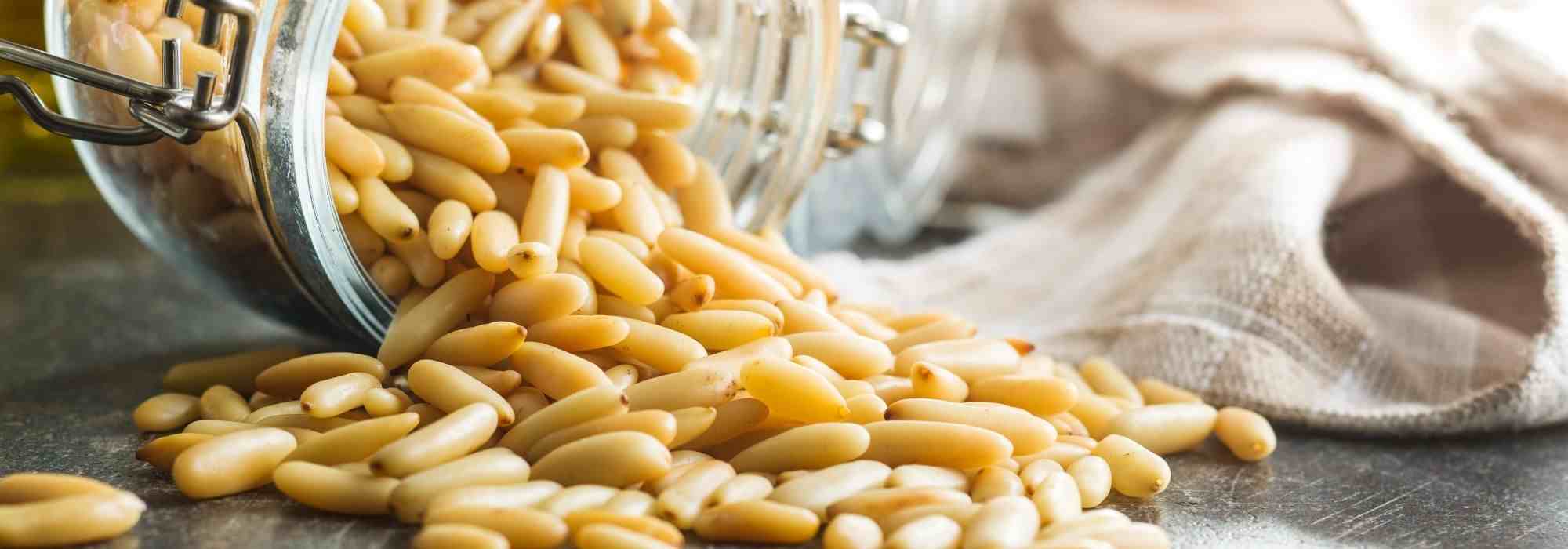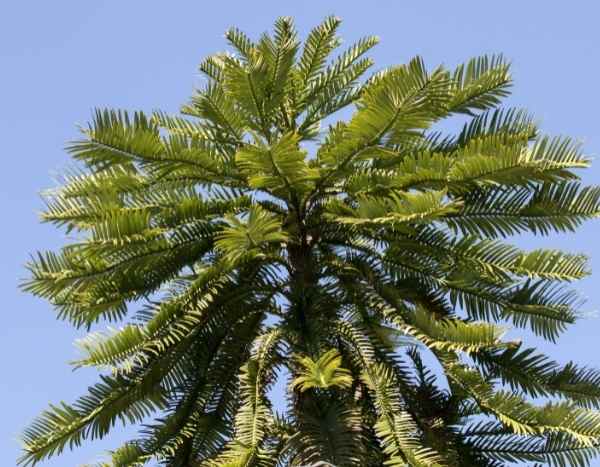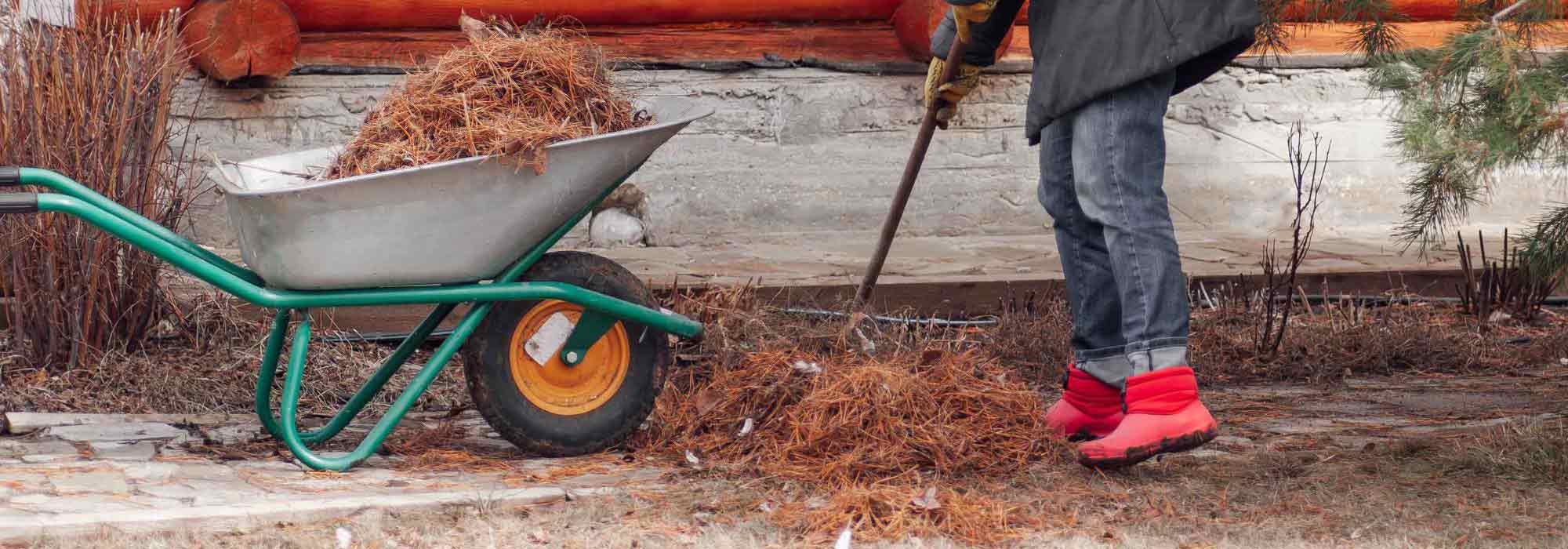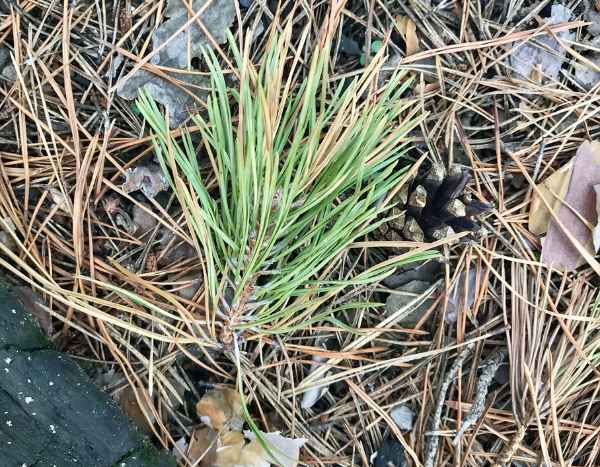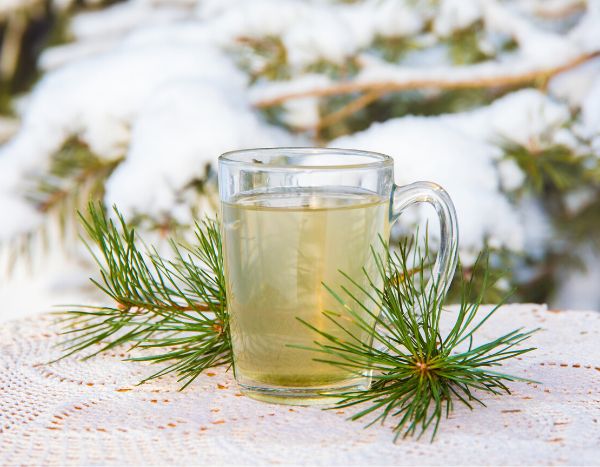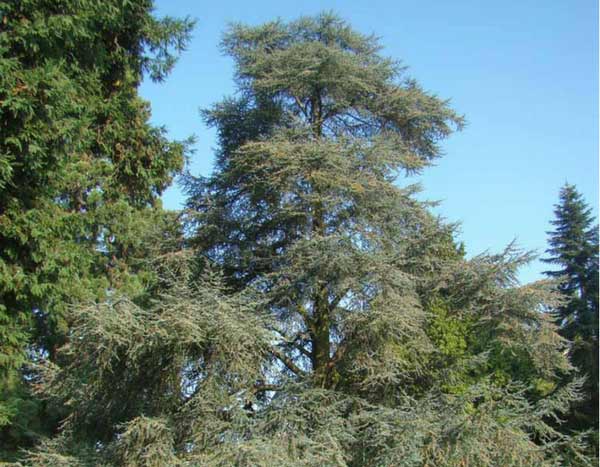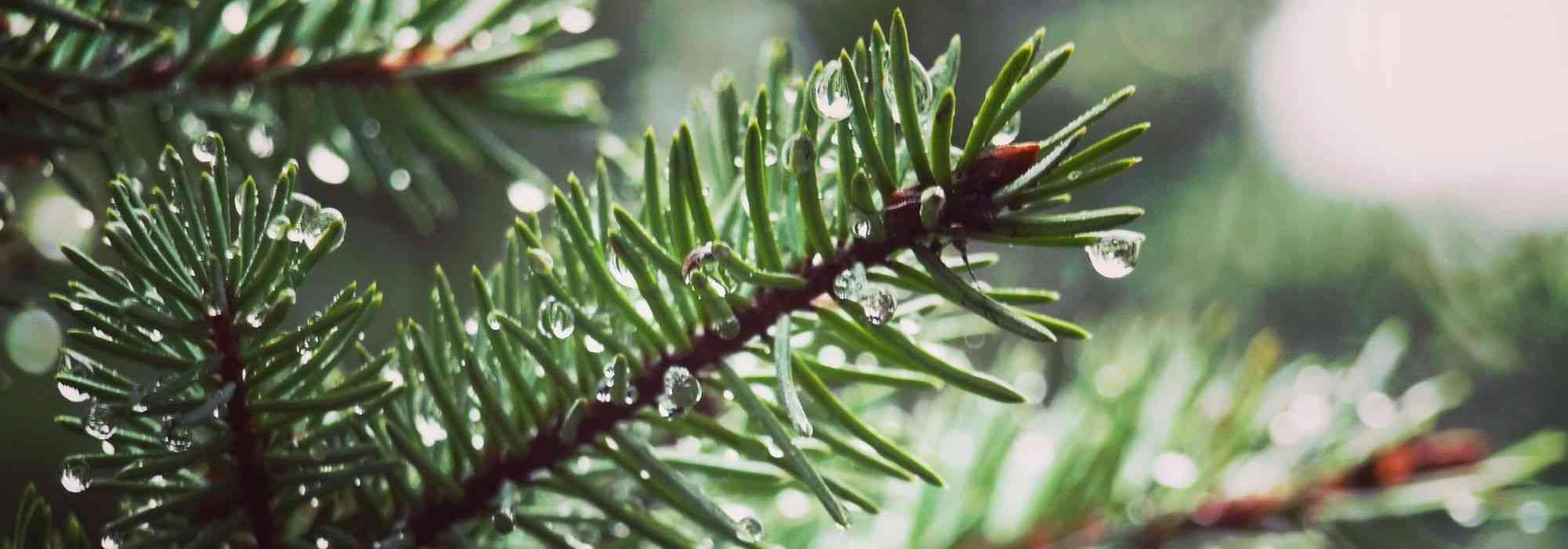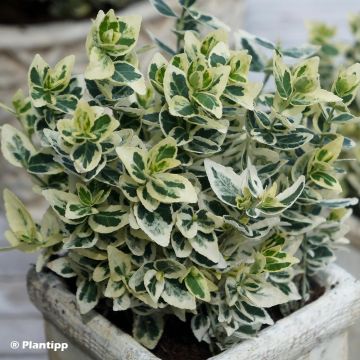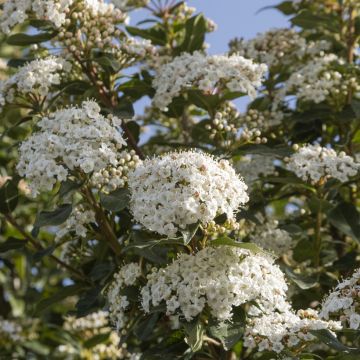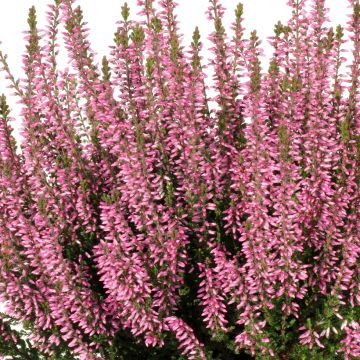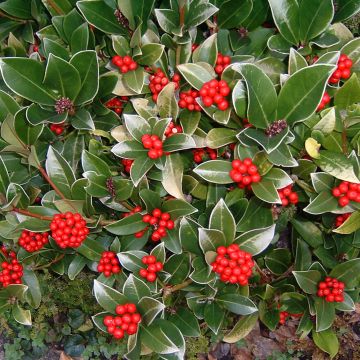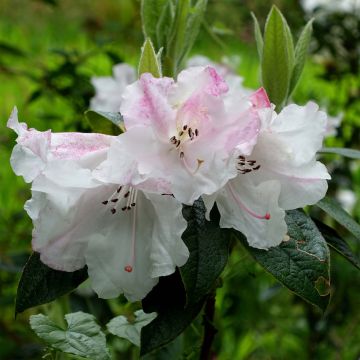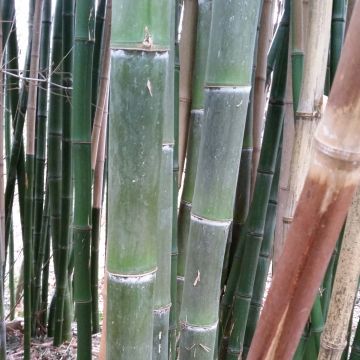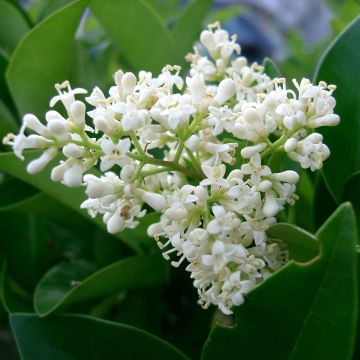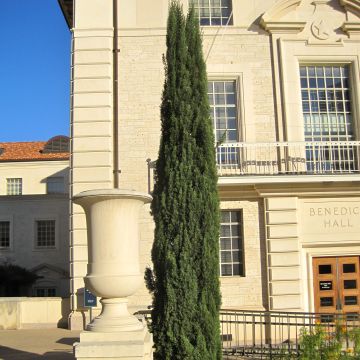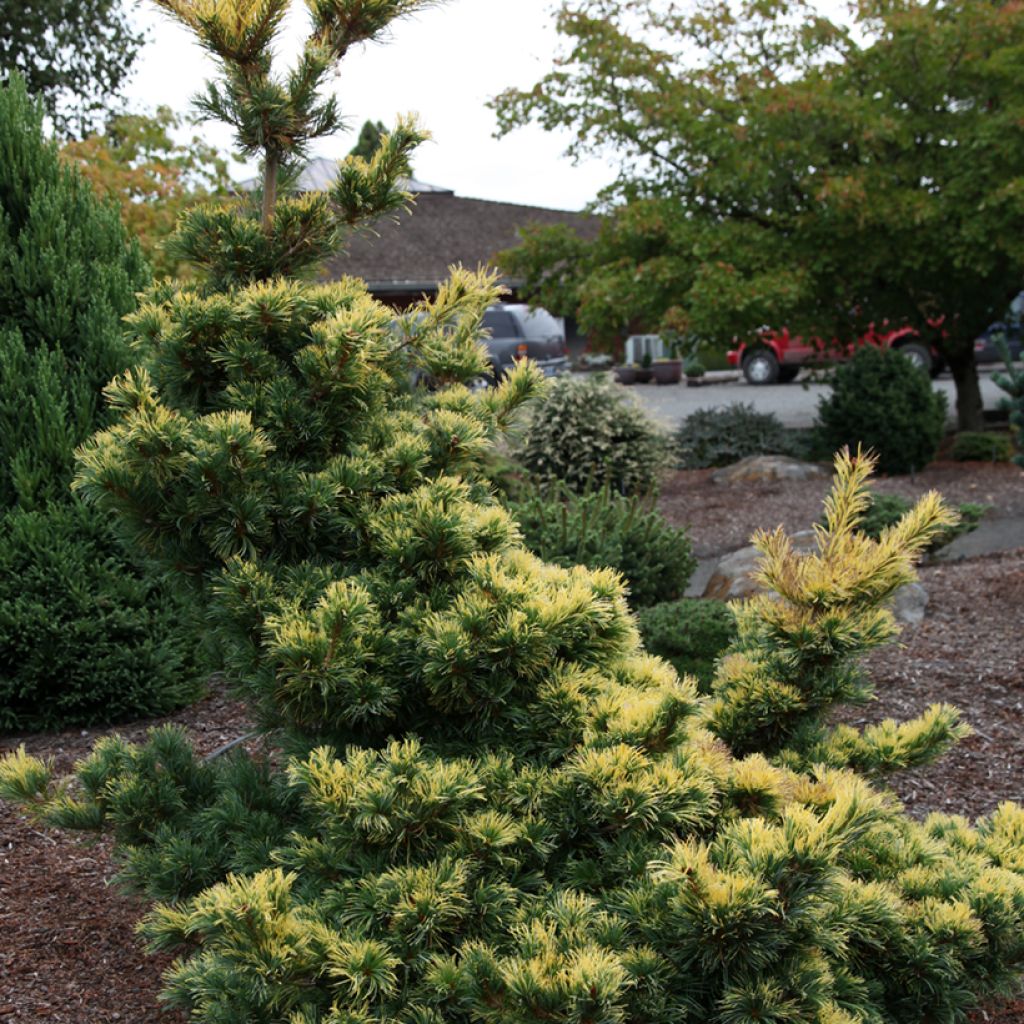

Pinus parviflora Goldilocks - Japanese white pine
Pinus parviflora Goldilocks - Japanese white pine
Pinus parviflora Goldilocks
Japanese white pine
Special offer!
Receive a €20 voucher for any order over €90 (excluding delivery costs, credit notes, and plastic-free options)!
1- Add your favorite plants to your cart.
2- Once you have reached €90, confirm your order (you can even choose the delivery date!).
3- As soon as your order is shipped, you will receive an email containing your voucher code, valid for 3 months (90 days).
Your voucher is unique and can only be used once, for any order with a minimum value of €20, excluding delivery costs.
Can be combined with other current offers, non-divisible and non-refundable.
Why not try an alternative variety in stock?
View all →This plant carries a 24 months recovery warranty
More information
We guarantee the quality of our plants for a full growing cycle, and will replace at our expense any plant that fails to recover under normal climatic and planting conditions.
Would this plant suit my garden?
Set up your Plantfit profile →
Description
Pinus parviflora 'Goldilocks' is a compact variety of Japanese White Pine, with slow growth and an irregular pyramidal structure that makes each plant uniquely shaped. The colour of its foliage is equally attractive: its needles are bicoloured, green at the base and yellow in their upper half, giving the entire plant a golden appearance that intensifies in winter. Excellent in a rock garden or Japanese-inspired setting, this dwarf conifer is ideal for small gardens.
The Pine belongs to the Pinaceae family. It is customary to classify Pine species based on the number of needles in each bundle. Pinus parviflora belongs to the group of five-needle Pines. This species is native to Japan, where it grows across most of the archipelago's islands. It is found at altitudes ranging from 1300 to 1800 metres, often on exposed slopes, mixed with deciduous trees or Thuja standishii (Japanese Arborvitae). It is a beautiful tree with highly variable morphology, reaching 15 to 20 metres in height, with irregularly arranged branches that often spread horizontally. Its bluish-green leaves, grouped in fives in dense tufts at the ends of the shoots, enhance its picturesque appearance, as do its small cones, which are abundantly produced even at a young age. This species is highly prized by bonsai enthusiasts in its native region. It was introduced from Japan to Europe by J.-G. Veitch in 1861.
Pinus parviflora 'Goldilocks', also known by the synonym Pinus parviflora 'Tenysu-kasu', retains the somewhat unstructured appearance of the botanical species but differs in many other characteristics. Its growth is much more limited, as after ten years of cultivation, it typically reaches 1.80 metres in height and 1.20 metres in width, while at maturity, it usually does not exceed 2.40 metres in height. Its growth is slow, averaging just 15 cm per year. This conifer initially adopts a somewhat sprawling, often asymmetrical habit before gradually forming a more or less inclined pyramid, with irregularly arranged shoots that evoke a waterfall leaping from rock to rock. In spring, the young shoots point skywards like candles at the branch tips, displaying a highly decorative golden-yellow hue. They open into bicoloured needles, green at the base, sometimes slightly bluish, and yellow in the upper part. From a distance, the plant appears golden, but on closer inspection, you can see it is variegated. The underside of the needles has a silvery colour. Small, ovoid, green pine cones with brown-tipped scales form even on young specimens. In winter, the needles turn almost entirely golden.
The 'Goldilocks' Pine will delight enthusiasts of Japanese gardens and topiary. You can create stunning scenes by planting it in a rock garden featuring stones carefully selected for their shape. Pair it with small plants and those with tiny leaves to harmonise with its miniature stature. Add a clump of dwarf bamboo, such as Pleioblastus pygmaeus 'Distichus', which grows no taller than 60 cm, to create a zen atmosphere. A specimen of Ligustrum japonicum 'Coriaceum', a compact Japanese Privet with a highly structured, upright habit, will provide a lovely colour contrast, along with the appeal of white summer flowers. Add an Azalea, choosing a hardy hybrid such as Azalea hybrid Encore 'Autumn Fire', which will delight with its perpetual flowering several times a year.
Plant habit
Flowering
Foliage
Botanical data
Pinus
parviflora
Goldilocks
Pinaceae
Japanese white pine
Pinus parviflora 'Tenysu-kasu'
Cultivar or hybrid
Other Pinus - Pine
View all →Planting and care
Pinus parviflora 'Goldilocks' can be planted from September to November and from February to April in ordinary, even poor, but well-drained soil. It adapts to most soils with a pH ranging from 5 (acidic) to 7.5 (slightly alkaline). Choose a bright location, from full sun in northern climates to partial shade in hot climates, to avoid scorching the light foliage. Soak the root balls thoroughly in a bucket of water before planting. Optionally, add organic matter at the bottom of the planting hole and water generously for the first two years, as well as during prolonged dry spells. In very poor soil, apply a special conifer fertiliser every year in April and hoe the soil in summer. This very hardy conifer (down to at least -25°C) is not bothered by wind and adapts to poor soils, but it dislikes waterlogged soil in winter, scorching sun, and summer heatwaves. To keep it even more compact, annual pruning can be carried out from September to November, shortening any unsightly shoots and gradually shaping it over the years to the desired form. It can also be grown in a large container, bonsai-style.
Planting period
Intended location
Care
Planting & care advice
This item has not been reviewed yet - be the first to leave a review about it.
Similar products
Haven't found what you were looking for?
Hardiness is the lowest winter temperature a plant can endure without suffering serious damage or even dying. However, hardiness is affected by location (a sheltered area, such as a patio), protection (winter cover) and soil type (hardiness is improved by well-drained soil).

Photo Sharing Terms & Conditions
In order to encourage gardeners to interact and share their experiences, Promesse de fleurs offers various media enabling content to be uploaded onto its Site - in particular via the ‘Photo sharing’ module.
The User agrees to refrain from:
- Posting any content that is illegal, prejudicial, insulting, racist, inciteful to hatred, revisionist, contrary to public decency, that infringes on privacy or on the privacy rights of third parties, in particular the publicity rights of persons and goods, intellectual property rights, or the right to privacy.
- Submitting content on behalf of a third party;
- Impersonate the identity of a third party and/or publish any personal information about a third party;
In general, the User undertakes to refrain from any unethical behaviour.
All Content (in particular text, comments, files, images, photos, videos, creative works, etc.), which may be subject to property or intellectual property rights, image or other private rights, shall remain the property of the User, subject to the limited rights granted by the terms of the licence granted by Promesse de fleurs as stated below. Users are at liberty to publish or not to publish such Content on the Site, notably via the ‘Photo Sharing’ facility, and accept that this Content shall be made public and freely accessible, notably on the Internet.
Users further acknowledge, undertake to have ,and guarantee that they hold all necessary rights and permissions to publish such material on the Site, in particular with regard to the legislation in force pertaining to any privacy, property, intellectual property, image, or contractual rights, or rights of any other nature. By publishing such Content on the Site, Users acknowledge accepting full liability as publishers of the Content within the meaning of the law, and grant Promesse de fleurs, free of charge, an inclusive, worldwide licence for the said Content for the entire duration of its publication, including all reproduction, representation, up/downloading, displaying, performing, transmission, and storage rights.
Users also grant permission for their name to be linked to the Content and accept that this link may not always be made available.
By engaging in posting material, Users consent to their Content becoming automatically accessible on the Internet, in particular on other sites and/or blogs and/or web pages of the Promesse de fleurs site, including in particular social pages and the Promesse de fleurs catalogue.
Users may secure the removal of entrusted content free of charge by issuing a simple request via our contact form.
The flowering period indicated on our website applies to countries and regions located in USDA zone 8 (France, the United Kingdom, Ireland, the Netherlands, etc.)
It will vary according to where you live:
- In zones 9 to 10 (Italy, Spain, Greece, etc.), flowering will occur about 2 to 4 weeks earlier.
- In zones 6 to 7 (Germany, Poland, Slovenia, and lower mountainous regions), flowering will be delayed by 2 to 3 weeks.
- In zone 5 (Central Europe, Scandinavia), blooming will be delayed by 3 to 5 weeks.
In temperate climates, pruning of spring-flowering shrubs (forsythia, spireas, etc.) should be done just after flowering.
Pruning of summer-flowering shrubs (Indian Lilac, Perovskia, etc.) can be done in winter or spring.
In cold regions as well as with frost-sensitive plants, avoid pruning too early when severe frosts may still occur.
The planting period indicated on our website applies to countries and regions located in USDA zone 8 (France, United Kingdom, Ireland, Netherlands).
It will vary according to where you live:
- In Mediterranean zones (Marseille, Madrid, Milan, etc.), autumn and winter are the best planting periods.
- In continental zones (Strasbourg, Munich, Vienna, etc.), delay planting by 2 to 3 weeks in spring and bring it forward by 2 to 4 weeks in autumn.
- In mountainous regions (the Alps, Pyrenees, Carpathians, etc.), it is best to plant in late spring (May-June) or late summer (August-September).
The harvesting period indicated on our website applies to countries and regions in USDA zone 8 (France, England, Ireland, the Netherlands).
In colder areas (Scandinavia, Poland, Austria...) fruit and vegetable harvests are likely to be delayed by 3-4 weeks.
In warmer areas (Italy, Spain, Greece, etc.), harvesting will probably take place earlier, depending on weather conditions.
The sowing periods indicated on our website apply to countries and regions within USDA Zone 8 (France, UK, Ireland, Netherlands).
In colder areas (Scandinavia, Poland, Austria...), delay any outdoor sowing by 3-4 weeks, or sow under glass.
In warmer climes (Italy, Spain, Greece, etc.), bring outdoor sowing forward by a few weeks.






























